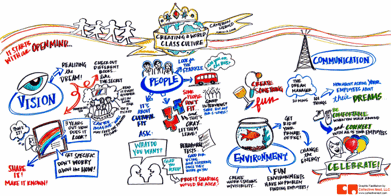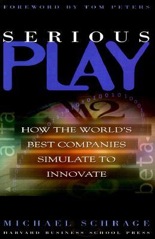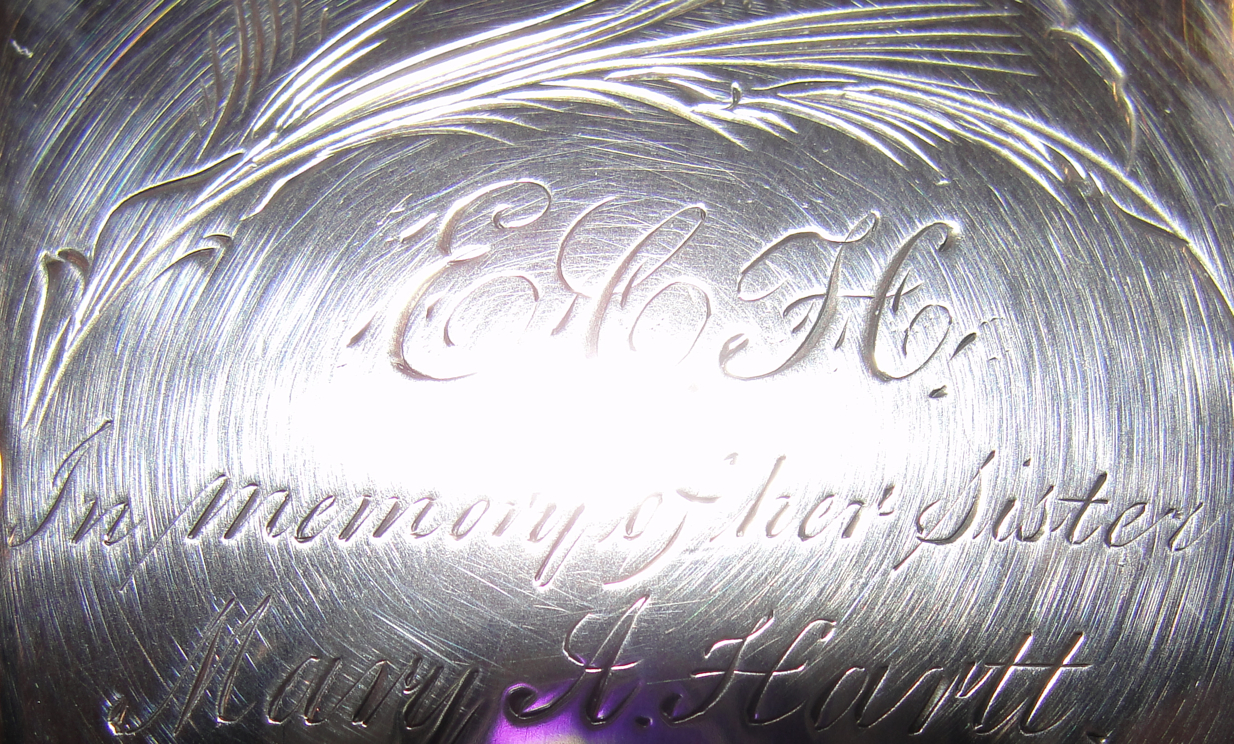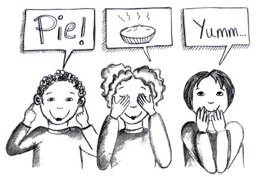First: Internship Story Has Happy Ending
My recent involvement with Ink Foundry’s contest to choose a social-media intern based 3-minute videos submitted by candidates reinforced the value of story-rich social media in the job search. Readers might want to know how the contest came out. The candidate whom I felt created the video of highest (and most storied) quality, Lauren, got the fewest votes in the contest. Her competitor, Rachel, was clearly skilled at rallying votes and won in the voting. Rachel deserves a lot of credit for harnessing social media to win the contest. I learned yesterday that Ink Foundry hired both Rachel and Lauren. An outsider like me could conclude that the agency’s decision recognizes that in social media, quality content is just as important as the ability to reach great numbers of people.
Next: Two bloggers Offer Guidelines for Storied Social-Media Campaigns
A couple of bloggers have recently posted entries that also cite the importance of story-rich, quality content. Park Howell, who runs an eponymous green marketing agency, proposes a social-media-campaign “recipe” that is “7 parts strategy, 6 parts storytelling, and 4 parts tactical channels.” Job-seekers, in my opinion, can apply most of this recipe to deploying social media in the job search, Here’s my version of his recipe, adapted for individuals mounting a social-media campaign to bolster a job search:
that is “7 parts strategy, 6 parts storytelling, and 4 parts tactical channels.” Job-seekers, in my opinion, can apply most of this recipe to deploying social media in the job search, Here’s my version of his recipe, adapted for individuals mounting a social-media campaign to bolster a job search:
I. Strategy for Job-Search Social Media
1. Describe your brand in one sentence
2. Communications goal
- What are you trying to accomplish? [Probably something like: “Communicate my unique value to employers.”]
3. Where is your audience relative to what you have to offer as an employee?
-
- Awareness: How familiar are they with you and your qualifications?
- Interest: They’ve heard of you but have not interacted with you.
- Action: They’ve taken at least one action because of your campaign — perhaps contacted you or invited you for an interview
- Advocacy: Howell says advocates are fans of your brand and perhaps even evangelists. In the realm of job search, this level of awareness probably comes only when the audience/employer hires the job-seeker
4. How does your audience use social media?
- Although Howell’s question is appropriate for job-seekers, his characterization of how audiences use social media (which comes from Forrester Research’s Technographic Ladder) is probably not quite on target. Audiences, Howell says, are Creators, Critics, Collectors, Joiners, Spectators, and Inactives. I would characterize the employer audience as Seekers when it comes to hiring; employers are routinely searching LinkedIn, Facebook, and Twitter as a low-cost way to find candidates.
5. What makes your story unique and shareable?
6. How will you become more approachable?
7. How will you know you have won? [presumably when you receive a job offer]
II. Telling Better Accomplishments Stories
Accomplishment stories are the meat and potatoes of getting an employer’s attention. Employer want to know that you can achieve the same results for them that you have attained for past employers. Howell’s story formula needs a bit of tweaking for accomplishments. Here’s my version:
1. Describe the hero (you, the job-seeker/protagonist)
2. Describe a situation, challenge, or problem you faced.
3. Who/what stood in your way (Antagonists, Obstacles)?
4. What did you have to overcome?
5. What was the result; what did you achieve?
Howell provides a library of resources to help you become a better storyteller.
III. Activating Your Career-Marketing Social Media Plan
1. Realistically, what do you have to do to activate your plan?
2. Who needs to buy in and champion your cause? [employers and network contacts who can refer you to employers]
3. How long will it take to launch?
4. What social media channels will you launch first? [such as Facebook, LinkedIn, Twitter, your own blog]
Meanwhile, Rick Braddy makes a strong case for using stories when launching anything to an audience. His examples of “anything” include products, companies, websites, or political candidates), so a launch can clearly apply to a job-seeker. “These stories,” Braddy writes, “answer important questions for the audience,” which I’ve again slightly tweaked to apply to a job-seeker launching himself or herself to an audience of employers:
- Who is this candidate and where did he or she come from?
- Why should my organization care?
- What’s in it for my organization? What can this person contribute
- Why should I listen to you, the candidate?
- Why should I take action and actually interview you or consider hiring you?
- Why should I act now instead of delaying or just doing nothing instead?
Continues Braddy:
Stories provide an interesting way to answer these (and other) questions people have about what’s being launched and how it could affect them. Stories can be conveyed in a variety of ways, including blogging, videos, newsletters, and emails.
These are all some great starting points for ensuring that both story-rich content and strategy for reaching audiences are optimal for the job search.












